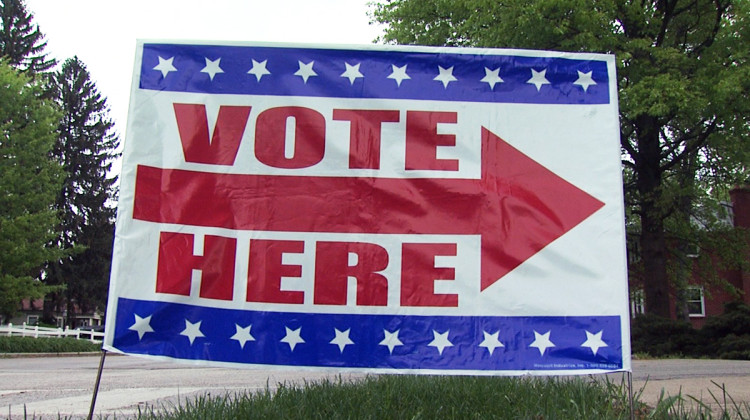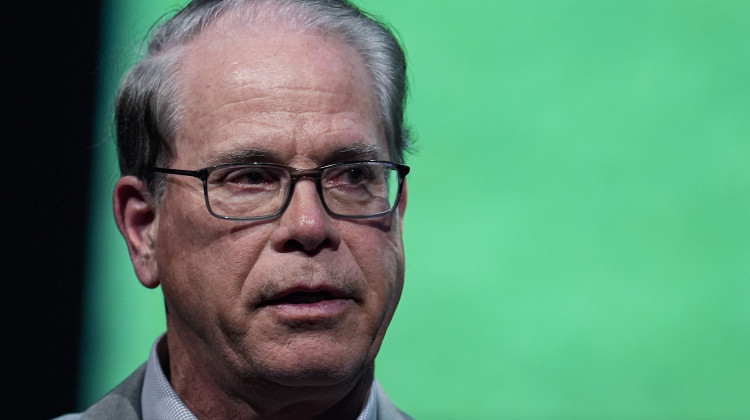The number of people experiencing homelessness in Indianapolis has dropped. Last year’s Point-in-Time count was one of the highest in recent history.
This year, the count shows a 9 percent decrease in the number of people experiencing homelessness. A total of 1,761 people were found to be without a home on Jan. 24, 2022. In 2021 it was 1,928.
The tally is still higher than pre-COVID numbers. New methodology adopted during the pandemic has the survey being conducted again over a series of days, but asking about the single night.
The city of Indianapolis, Indiana University Center for Research on Inclusion and Social Policy and the Coalition for Homelessness Intervention and Prevention (CHIP) partner to measure the data.
CHIP Executive Director Chelsea Haring-Cozzi said the count again finds more Black people experiencing homelessness. There was also a 27 percent increase in the number of families with children.
“And racial disproportionality becomes even more significant when we look at families,” Haring-Cozzi said.
There was a significant decrease — 35 percent — in veterans homelessness. Targeted housing first strategies and added local and federal funding have helped increase the number of families permanently housed.
“Eager that a lot of the efforts and additional investments and resources last year to get people into permanent housing are paying off,” Haring-Cozzi said.
The data is used by the city and other organizations to determine where to best invest resources.
 DONATE
DONATE







 View More Programs
View More Programs

 Support WFYI. We can't do it without you.
Support WFYI. We can't do it without you.